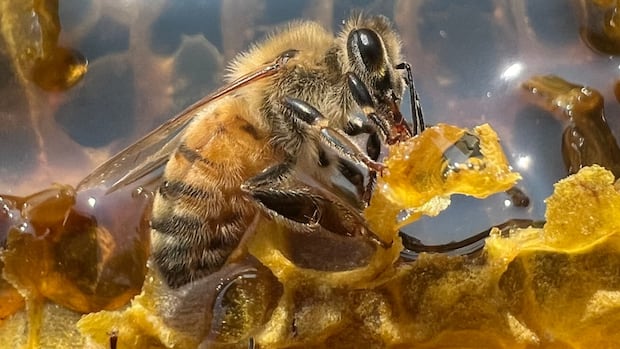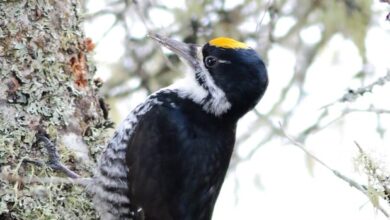N.B. Museum set to add 1st rare owl specimen found in the province in over 100 years

The New Brunswick Museum is set to welcome a rare great grey owl into its extensive bird collection this July. This particular owl, found near Saint John in April, had unfortunately sustained injuries from being struck by a car and was under the care of the Atlantic Wildlife Institute until earlier this month when it had to be euthanized.
Greg Jongsma, acting curator of the museum’s zoology department, expressed excitement over the addition of this owl specimen. He highlighted the significance of this owl being the first of its kind found in New Brunswick to be held at a Canadian museum in over a century. Jongsma emphasized the value of this addition for scientific research, as the museum already boasts a collection of 13,000 bird species, the largest in Atlantic Canada.
The great grey owl is known for being one of the largest owls in North America in terms of height. It typically resides in northern regions but migrates to southern latitudes when food supplies, mainly rodents, are scarce. Due to New Brunswick’s distance from the owl’s natural habitat, sightings of this bird in the province are considered rare.
The New Brunswick Museum, in collaboration with the New Brunswick Bird Committee, which vets and acts on reports of potential new species, maintains an official bird list. According to Jim Wilson, previous chair of the committee, the great grey owl joining the museum is only the ninth confirmed sighting in the province in the past 125 years. Two existing specimens collected in the late 1890s currently reside in American museums.
The owl found near Saint John earlier this year was located in Lakeside near Hampton and suffered hip and eye injuries from the car collision. Despite efforts by the Atlantic Wildlife Institute to rehabilitate the owl, its leg strength, critical for hunting, was compromised. After a successful surgery, the owl’s condition continued to deteriorate, leading to the difficult decision to euthanize the bird in June.
AWI director Pam Novak expressed disappointment over the outcome but acknowledged the value of the owl’s transfer to the museum for research purposes. Jongsma plans to retrieve the owl in July to provide samples for genetic analysis, population trends, and distributional shifts. This addition will not only enhance understanding of the species within a New Brunswick context but also contribute to broader scientific research and conservation efforts.
Overall, the incorporation of this great grey owl specimen into the museum’s collection is seen as a significant step towards furthering knowledge and appreciation of these majestic birds in the region and beyond.




